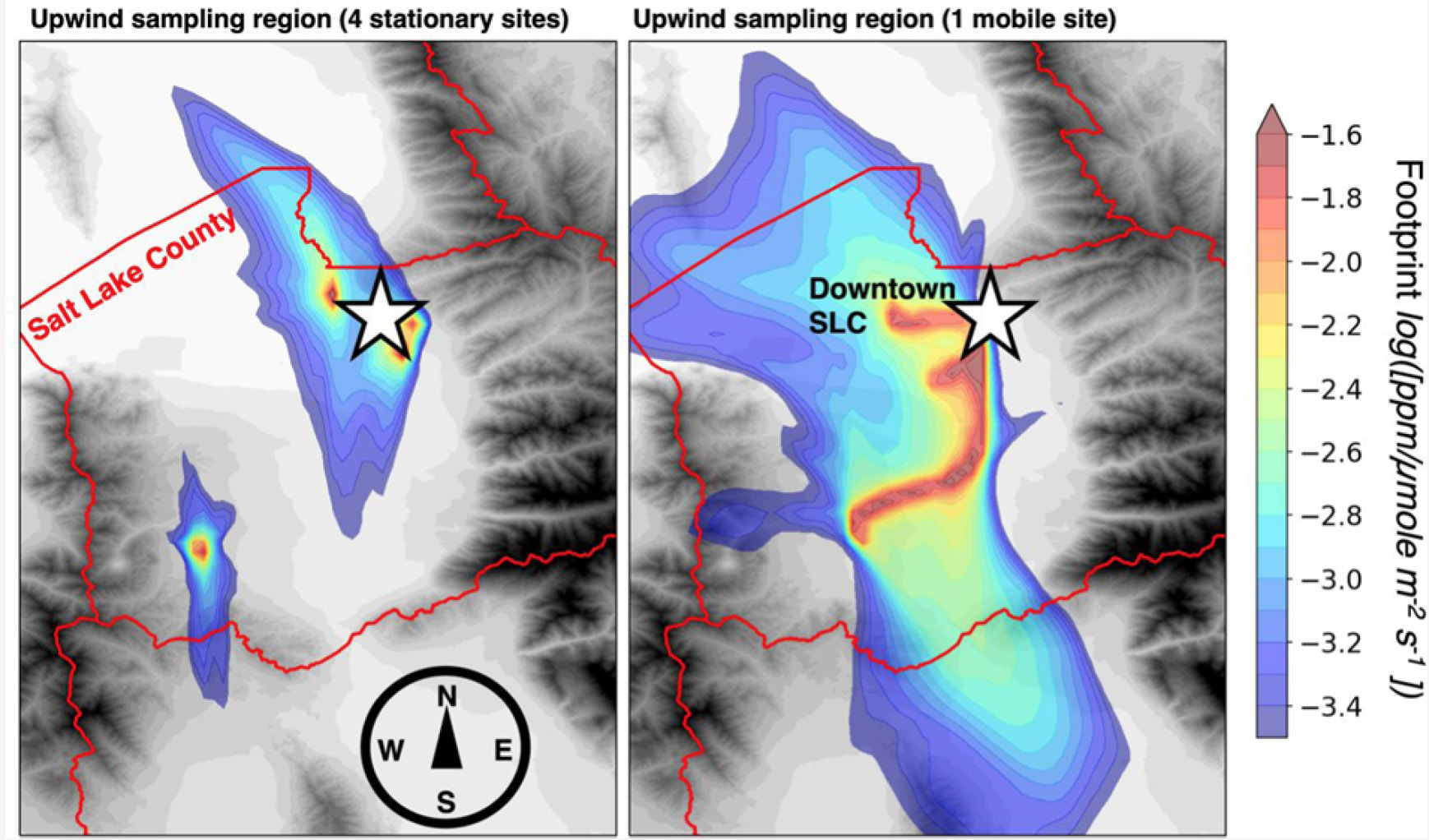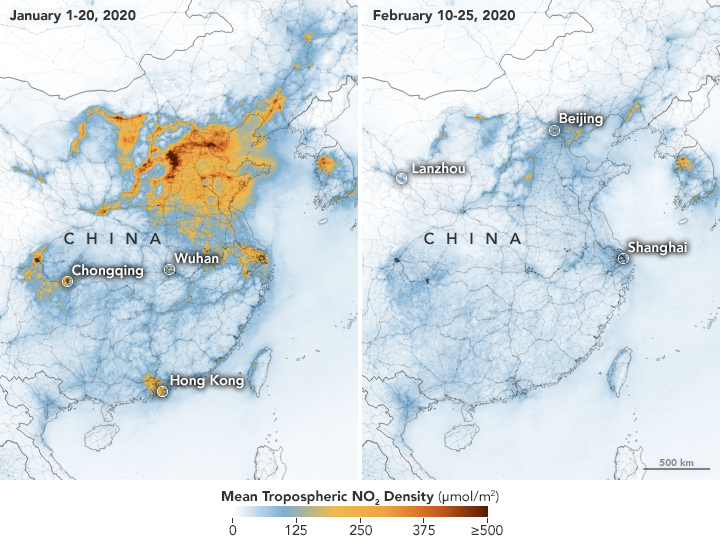Today, the U.S. Department of Energy (DOE) announced $15.3 million in funding for 24 new projects in atmospheric sciences aimed at improving the power of Earth system models to predict weather and climate. Awards focus on studies of cloud, aerosol, and precipitation processes and their interactions.
Tag: Atmospheric Sciences
North or south? How the position of sea surface temperature anomalies in the North Pacific can influence the stratospheric polar vortex in the Arctic
Previous studies have found that phase changes in the sea surface temperature (SST) of the North Pacific can modulate the variations in the stratospheric polar vortex (SPV) in the Arctic, which is a circulation of winds high up in the stratosphere with strong impacts on regional weather patterns.

TanSat’s first attempt to detect human-caused CO2 is successful
An international research team has analyzed measurements from the TanSat mission and the Copernicus Sentinel-5 Precursor mission to identify carbon dioxide from human activities.
Better hurricane forecasts from use of infrared satellite measurements of cloudy skies
Weather forecast models have long struggled to integrate satellite observations of infrared radiation in cloudy regions of the sky.

Taking greenhouse gas analysis on the road, er, rails
Since 2014, the University of Utah has maintained research-grade suites of air quality instruments installed on light rail trains. These mobile sensors cover the same area as 30 stationary sensors, providing the Salt Lake Valley with a highly cost-effective way to monitor its greenhouse emissions and fill in gaps in emissions estimates.

February lockdown in China caused a drop in some types of air pollution, but not others
Atmospheric nitrogen dioxide, which comes from transportation, was half of what would be expected over China in February 2020. Other emissions and cloud properties, however, showed no significant changes.

Greener spring, warmer air
Advanced leaf-out, or early sprouting and opening leaves, is a direct response to climate change.
Mediterranean rainfall immediately affected by greenhouse gas changes
Mediterranean-type climates face immediate drops in rainfall when greenhouse gases rise, but this could be interrupted quickly if emissions are cut.

Columbia Researchers Provide New Evidence on the Reliability of Climate Modeling
Observational data of equatorial circulation pattern confirms that the pattern is weakening, a development with important consequences for future rainfall in the subtropics. Columbia Researchers Provide New Evidence on the Reliability of Climate Modeling Observational data of equatorial circulation pattern…